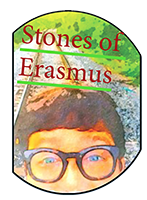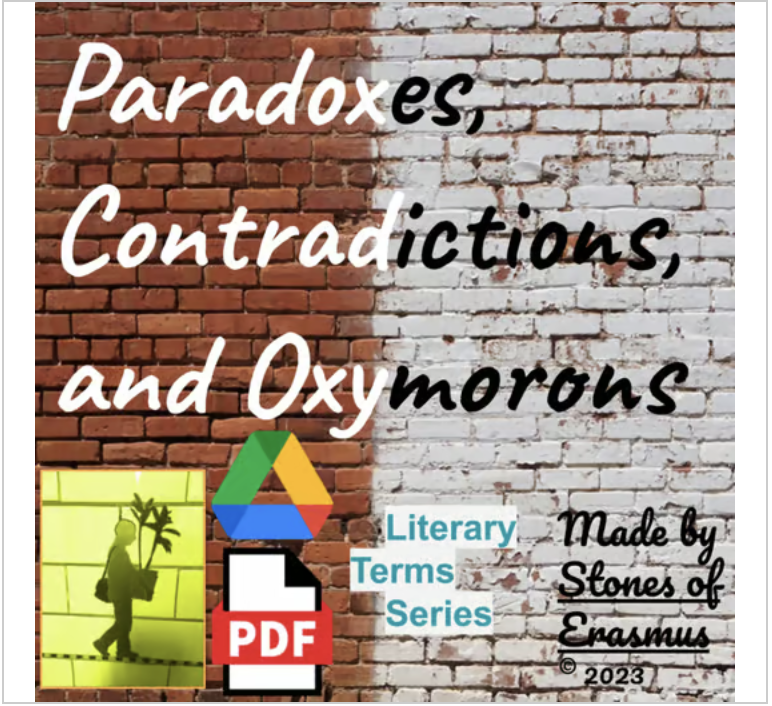About This Lesson
Can you fit a square peg in a round hole? What if you went back in time and killed your grandfather? Would you continue to exist? How is the name “Biggie Smalls” an oxymoron? Find out the answers to these questions (and more!) with this useful resource I cooked up exploring various literary terms that have to do with paradoxes, contradictions, and oxymorons (aligned with Common Core Standard RL.9-10.4
The resource includes the following nifty features for a Minilesson:
- 1 Teacher's Note
- 2-sided handout on paradoxes, contradictions, and oxymorons
- 15 quotes and examples from literature and other common sources
- 1 “Further Reading” guide to take your students to the next level
- 1 Teacher-facing standards alignment chart for planning
To follow me on my journey, follow me on my website at stonesoferasmus.com.













